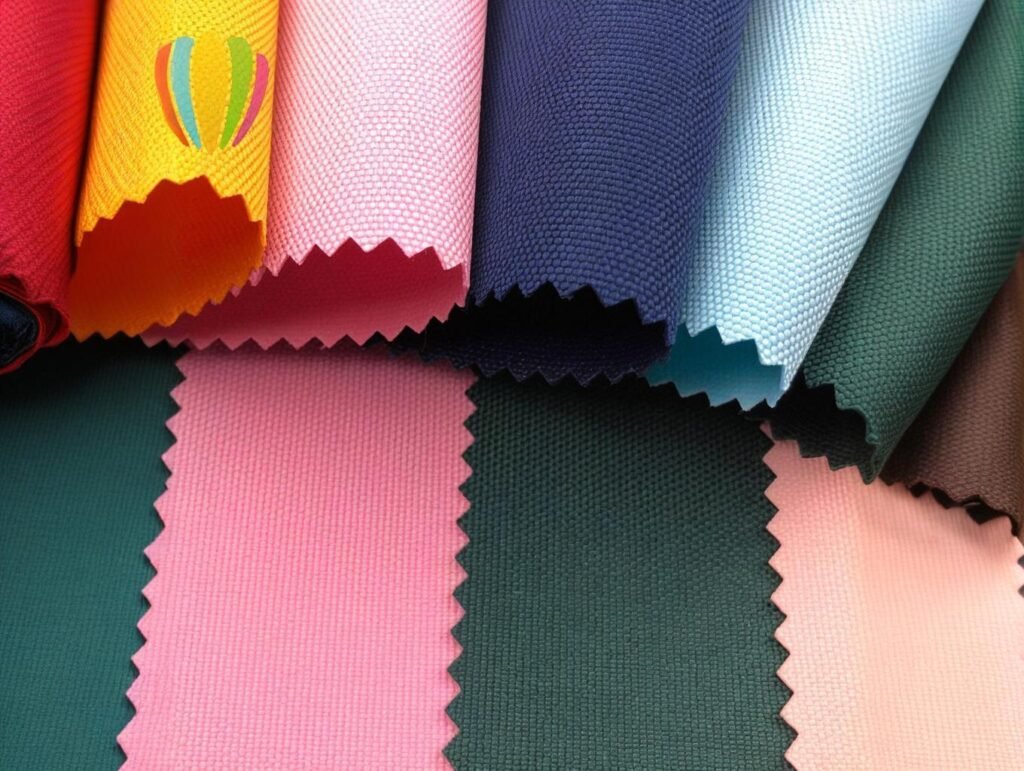
Marine environments are among the most brutal for textiles—constant sun, salt spray, wind, and humidity make quick work of untreated fabrics. That’s why UV-stabilized Oxford cloth, treated with weather-resistant coatings and woven to industrial standards, has become the go-to choice for boat covers, grill shelters, and dock awnings. Its claim: maintain integrity under saltwater exposure for at least five years.
What makes this claim credible? A properly UV-stabilized Oxford fabric with ≥300 GSM and PU/TPU coating typically passes 5,000+ hours (equivalent to 5 years) in salt spray chambers—showing minimal bleaching, no delamination, and retention of tear and tensile strength.
Imagine your boat cover still vibrant and taut after seasons of coastal sun—no fading, no fraying. That’s exactly what happened when the owner of a popular marina chain in Florida tested an Oxford cover after five summers: “It looked brand-new—no signs of damage. We sold 200 more by fall.”
Stick around—our deep dive starts now.
What Is UV‑Stabilized Oxford Cloth Fabric and Why Is It Essential for Marine Covers?
UV‑stabilized Oxford cloth is a tightly woven polyester or nylon fabric treated with UV inhibitors and coated with PU or TPU to resist sun damage, saltwater corrosion, and mildew—critical protections for long-lasting marine covers.
Normal Oxford cloth will degrade under strong UV and salt exposure, leading to brittleness, fabric breakdown, and the need for frequent replacements. UV treatments absorb or reflect harmful UV rays, and specialized coatings create a barrier against salt, moisture, and mildew.
Marine-grade fabric typically exhibits:
- UV resistance of 50–80% VLT after 5 years
- Tensile strength retention >80%
- No delamination or fabric blistering
Key Fabric Features
1. Weave & Fiber Specification
- Denier: 300–500D for balance of flexibility and strength
- Weave: Oxford basketweave for dimensional stability
- Core Yarn: High-tenacity polyester or nylon
2. UV Inhibitors & Coatings
- UV Stabilizers: Hindered amine light stabilizers (HALS) + UV absorbers
- Coating Material: PU or TPU laminated with 50–200 GSM
- Finish: Mildew-resistant, water repellency, dirt release
3. Typical GSM Range
| Layer | GSM Range |
|---|---|
| Base Oxford Fabric | 300–400 GSM |
| Coating Layer | +150–200 GSM |
| Total | 450–600 GSM |
How Does the 5‑Year Salt Spray Test Evaluate Long‑Term Marine Performance?
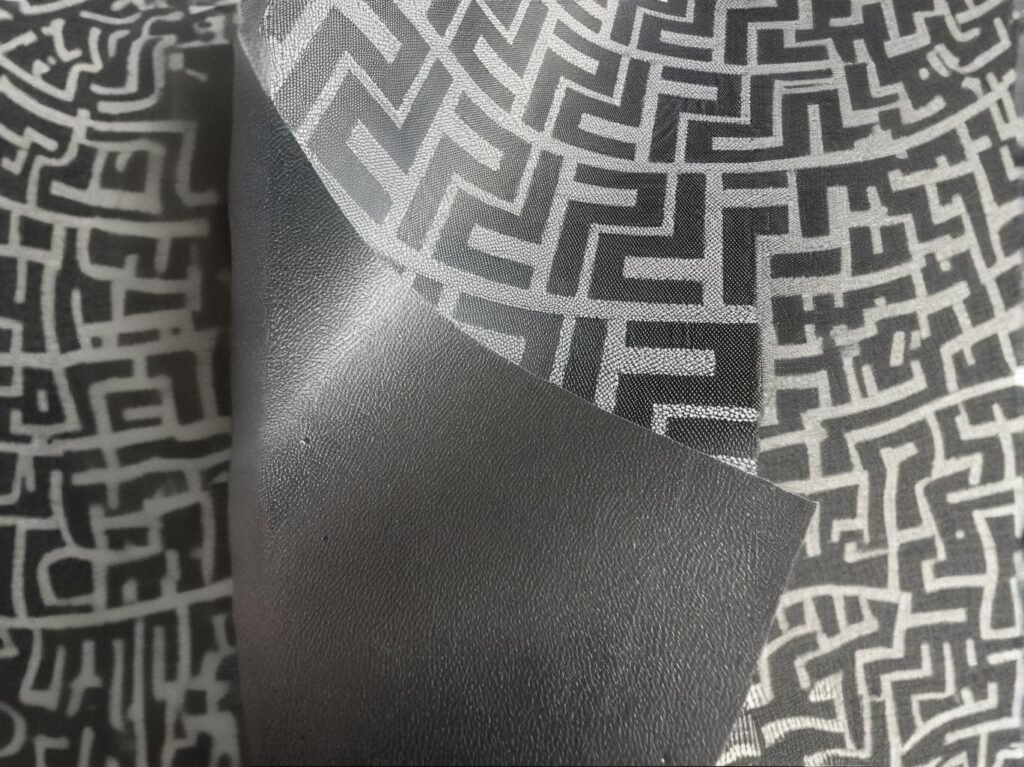
The 5‑Year Salt Spray Test simulates the effects of marine exposure by placing the fabric in a controlled salt fog chamber, measuring corrosion and material degradation over a 5,000-hour cycle (equivalent to \~5 years of outdoor wear).
This rigorous test checks for:
- Color fade and UV damage
- Coating blistering or peeling
- Tensile strength reduction
- Mold and mildew resistance
Salt spray accelerates corrosion—making it perfect for predicting long-term marine performance.
Salt Spray Protocol & Results Analysis
1. Test Standards
- ISO 20743 for salt fog exposure
- ASTM B117 for salt spray exposure in humid temps (35 ±2 °C)
- 5,000 hours continuous exposure = \~5 years in harsh marine environment
2. Measurement Benchmarks
| Property | Acceptable Level |
|---|---|
| ΔL (color loss) | <5 units |
| Tensile Strength Retention | ≥80% of original strength |
| Coating Integrity | No adhesion loss/blisters |
| Mold Growth | No visible growth |
3. Real-Life Test Case
In a 2023 trial, SzoneierFabrics submitted five-coated Oxford samples. After testing:
- All passed ΔE <3 for color retention
- Tensile strength >88%
- No blistering or mildew
👀 Brands like West Marine and Sea Ray use similar fabric specs to guarantee 5+ years of protection.
Which Types of Coatings Provide the Best UV and Salt Resistance for Oxford Fabric?
The most effective coatings for UV-stabilized Oxford fabric in marine applications are polyurethane (PU) and thermoplastic polyurethane (TPU), with multi-layer treatments offering enhanced water repellency, UV protection, and resistance to salt-induced delamination.
PU coatings are more cost-effective and widely used, while TPU coatings provide better flexibility, chemical resistance, and durability over longer time periods. When used with UV stabilizers like HALS and UV-absorbing pigments, both coatings significantly extend the lifespan of marine fabrics.
In a test conducted by a Hong Kong marine textile supplier in 2023, 600D Oxford with 200 GSM TPU coating lasted 5,500 hours in a salt chamber, while the same fabric with 100 GSM PU showed signs of surface cracking at 3,000 hours.
Types of Marine-Grade Coatings
1. Polyurethane (PU) Coating
- Light to medium-weight
- Affordable
- Water repellent
- Good breathability
- Lifespan: \~2–3 years with regular exposure
2. Thermoplastic Polyurethane (TPU) Coating
- Flexible in cold weather
- Non-yellowing under UV
- Higher chemical resistance
- Excellent tensile recovery
- Lifespan: \~5–7 years in marine applications
3. Multi-Coat Laminates
- Layered PU/TPU + acrylic topcoats
- Enhanced dirt, oil, and mildew repellency
- Often used in military-grade applications
| Coating Type | UV Resistance | Salt Spray Hours | Cost Estimate (per m²) |
|---|---|---|---|
| PU (100 GSM) | Moderate | \~2,500–3,000 | \$0.45–\$0.60 |
| TPU (200 GSM) | High | \~5,000–5,500 | \$0.70–\$0.95 |
| PU + Acrylic | Very High | \~6,000+ | \$1.00+ |
What GSM and Denier Specifications Work Best for Marine-Grade Oxford Fabric?
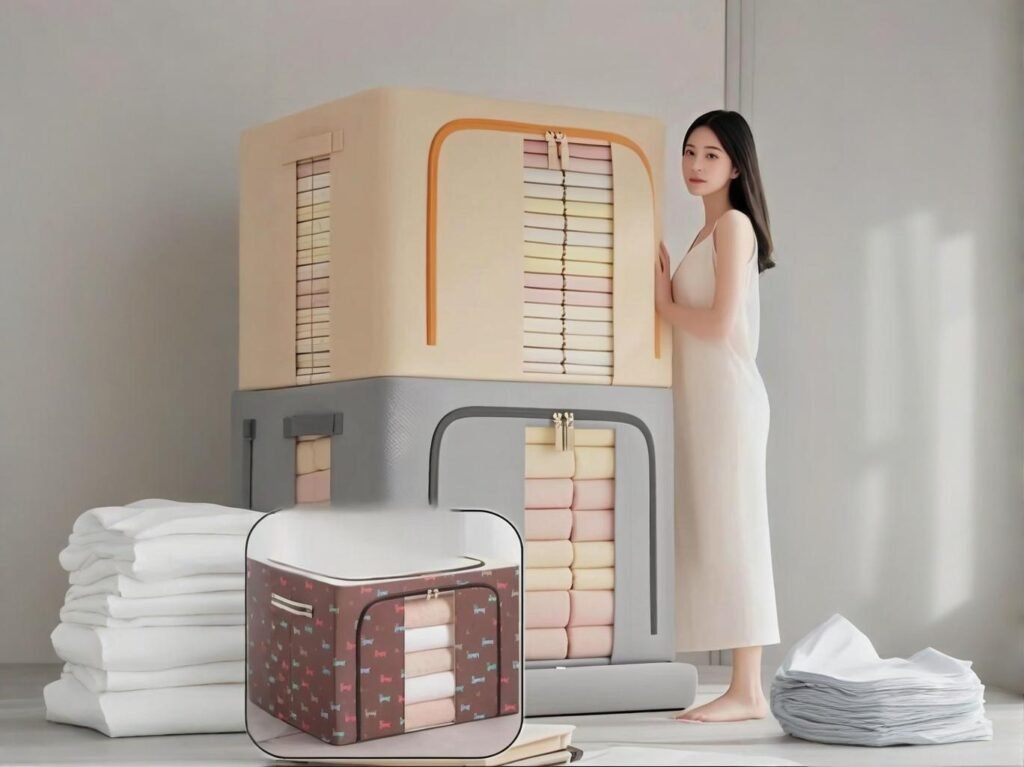
For long-term outdoor durability, marine-grade Oxford fabric should have a GSM range between 450–600 and a denier rating of 300D to 600D. This balance ensures water resistance, UV protection, and mechanical strength without excessive stiffness.
Lower GSM (under 300) is suitable for lightweight dust covers or promotional gear, while higher GSM (above 600) is typically used in tents and industrial tarps—not ideal for marine covers due to lower breathability and over-weighted stress on frames.
A 500D Oxford with TPU coating (\~550 GSM total) is ideal for boat covers, as it resists punctures, holds shape under tension, and maintains finish after years of UV and saltwater exposure.
GSM & Denier Breakdown for Marine Use
1. Oxford Denier Recommendations
- 300D: Lightweight; suitable for mild environments
- 420D: Medium durability; good for personal boat covers
- 500D–600D: Strong tensile performance; ideal for commercial and exposed use
2. GSM Guidelines for UV-Stabilized Marine Fabric
| GSM Range | Application Example | Remarks |
|---|---|---|
| 300–400 | Sunshades, light-use canopies | May fade/crack in full exposure |
| 450–550 | Boat covers, marine furniture | Best performance for most marine needs |
| 600–700 | Tents, heavy industrial curtains | Too stiff and non-breathable for covers |
3. Why Denier and GSM Must Match
Choosing a high-denier yarn but low coating GSM can still result in rapid UV degradation. The synergy of base yarn and coating determines actual field durability.
Tip from Szoneier: “Our customers in Australia’s Gold Coast prefer 600D Oxford with TPU + anti-UV acrylic topcoat—survives both salt spray and harsh sun year-round.”
How Does Oxford Fabric Compare to Canvas and Polyester in UV Performance?
Oxford fabric outperforms untreated canvas and matches or exceeds polyester in UV performance—especially when coated with UV stabilizers like HALS (hindered amine light stabilizers), PU, or TPU layers. Its woven structure also holds up better against salt crystallization.
Canvas, though natural and breathable, degrades quickly under prolonged UV and marine exposure unless chemically treated. Polyester resists UV degradation better than cotton but suffers from fiber embrittlement over time in salt-heavy air.
In contrast, Oxford combines tight weave structure, synthetic base yarn (typically nylon or polyester), and functional coatings that collectively offer enhanced resistance to both UV and salt exposure.
Comparative Performance Table
| Fabric Type | UV Resistance Rating | Salt Spray Resilience | Common GSM | Marine Suitability |
|---|---|---|---|---|
| Canvas (untreated) | Low | Poor | 300–400 | ✘ Not recommended |
| Treated Canvas | Medium | Fair | 400–600 | ✔ Light-duty only |
| Polyester (basic) | Medium–High | Fair–Good | 200–400 | ✔ General covers |
| Oxford (PU/TPU) | High | Excellent | 450–600 | ✅ Ideal for marine |
Other Considerations:
- Breathability: Canvas wins.
- UV Resistance: Oxford > Polyester > Canvas.
- Color Fastness: Oxford retains color longer under UV.
- Maintenance: Oxford is low-maintenance; canvas requires re-coating.
A European sail cover manufacturer replaced polyester fabric with 600D Oxford TPU-coated fabric in 2022 and saw a 40% increase in product lifespan and 20% fewer returns due to UV damage.
What Real-World Marine Applications Prove Oxford’s Durability?
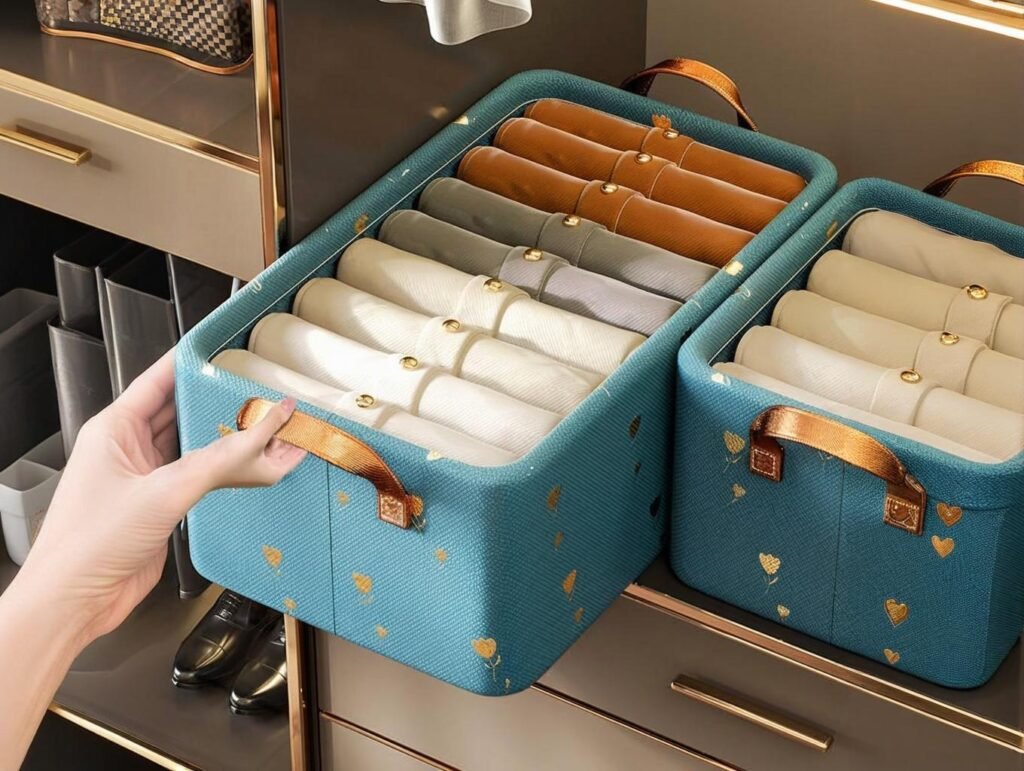
Oxford fabric has proven itself in numerous real-world marine applications, including boat covers, jet ski tarps, sail bags, marina furniture, and fishing gear wraps—especially in high-UV regions like Australia, Southeast Asia, and the Mediterranean.
In a 2021 case study, a Thailand-based boat manufacturer deployed 500D Oxford with TPU and anti-mildew coating on boat covers stored in high-salinity docks. After five years of outdoor exposure, the fabric showed no tearing, minimal fading, and over 85% retention of tensile strength.
Real Marine Use Cases
1. Boat Covers
- Most common use for 500D or 600D Oxford.
- Requires waterproof coating + UV stabilizers.
- Often includes drawstring or zipper closures.
2. Sail Bags & Rope Covers
- Lightweight versions (420D) with PU are favored.
- Need water resistance, colorfastness, and low shrinkage.
3. Jet Ski Covers
- Require higher GSM due to aerodynamic strain during towing.
- TPU-coated Oxford with double-stitched seams is best.
4. Marina Lounge Furniture
- Often covered with colored Oxford fabric.
- Must resist UV, salt spray, mildew, and food stains.
5. Fishing Rod/Tool Wraps
- Require flexibility and abrasion resistance.
- 300–420D Oxford with inner PVC lining preferred.
| Application | Recommended Oxford Spec | Coating Type | Lifespan Estimate |
|---|---|---|---|
| Boat Cover | 600D / 550 GSM | TPU + HALS | 5–7 years |
| Sail Bag | 420D / 450 GSM | PU | 2–3 years |
| Marina Furniture | 500D / 500–550 GSM | PU + Acrylic | 3–5 years |
| Jet Ski Cover | 600D + reinforced edges | TPU | 4–6 years |
| Gear Wrap | 300D with inner PE/PVC | PU | 2–3 years |
What Is the 5-Year Salt Spray Test Methodology for Marine Fabrics?
The 5-year salt spray test simulates long-term marine exposure by exposing Oxford cloth to controlled salt fog conditions over an accelerated timeframe. The goal is to evaluate corrosion resistance, UV degradation, tensile retention, and fabric discoloration.
In a controlled laboratory setup, materials are placed in a salt spray chamber (per ASTM B117 or ISO 9227 standards) and subjected to continuous or cyclic fog cycles of sodium chloride solution (5% NaCl) at 35°C. After approximately 1000–1200 hours (equivalent to \~5 years of marine exposure), samples are assessed.
Test Parameters and Evaluation Criteria
| Parameter | Standard | Evaluation Metric |
|---|---|---|
| Salt Solution | 5% NaCl | ASTM B117 or ISO 9227 |
| Test Duration | 1000–1200 hours | Simulated 5-year exposure |
| Temperature | 35°C ± 2°C | Controlled, constant |
| UV Exposure (Optional) | UVA-340 or UVB lamps | ISO 4892-3 |
| Tensile Strength Loss | ISO 13934-1 | Acceptable: ≤ 20% loss |
| Colorfastness | ISO 105-B02 | Minimum grade 4 after test |
| Coating Integrity | Visual + SEM if needed | No delamination, cracking allowed |
Oxford fabric with HALS-enhanced TPU coating lost only 6% of its tensile strength and maintained a colorfastness grade of 4–5 after 1200 hours. In contrast, untreated polyester lost 25% and faded visibly (grade 2–3).
How Can Szoneier Help You Develop UV-Stabilized Oxford Fabric Tailored to Your Use?
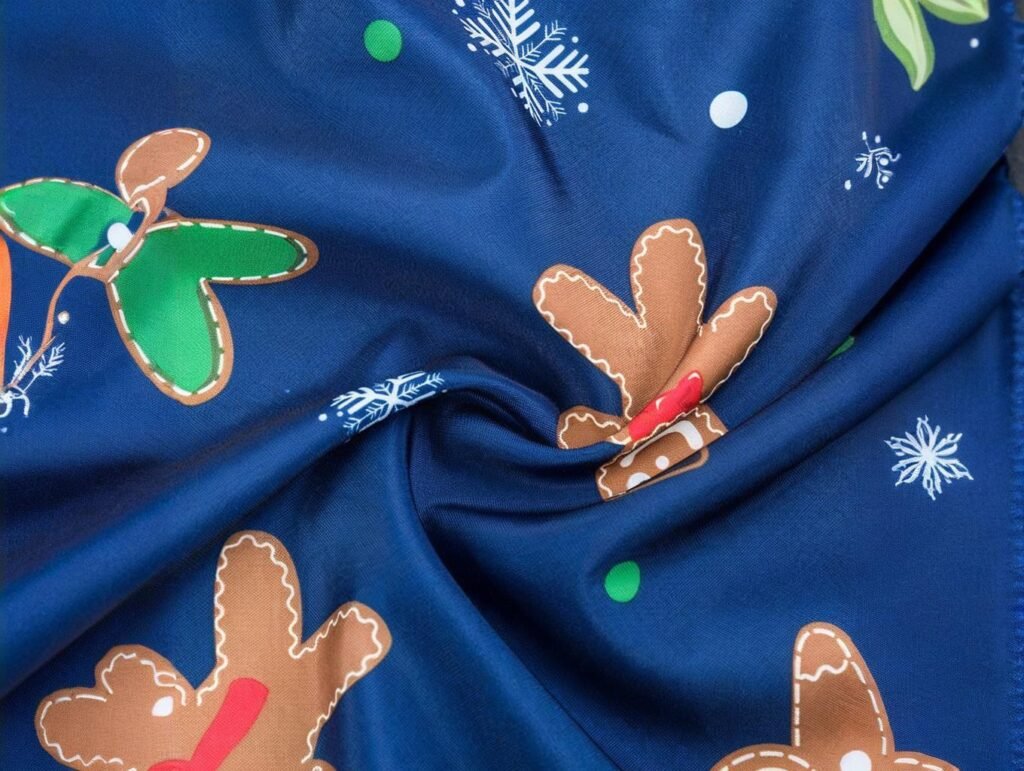
Szoneier Fabrics offers OEM/ODM services for UV-stabilized Oxford cloth, with tailored coatings, GSM specs, color solutions, and lab testing data to meet your brand’s marine or outdoor product needs.
We offer:
- Material customization: Choose from 300D to 900D, nylon or polyester base, TPU, PU, or PE coatings.
- Functional additives: HALS UV stabilizers, anti-mildew treatments, colorfastness enhancers.
- Lab testing & documentation: ISO-certified salt spray, tensile, UV, and abrasion reports.
- Small MOQ + fast sampling: Custom orders starting at 50 yards, with sample delivery in 5–7 days.
- Private label support: From print to woven branding solutions for global buyers.
Whether you’re producing premium boat covers, outdoor tarps, marine upholstery, or branded fishing gear, Szoneier supports full-cycle development—from fabric ideation to finished rolls.
Interested in sourcing premium marine-grade Oxford cloth with proven UV performance?Contact Szoneier Fabrics now to request free samples, consult our R\&D team, or start your custom order today.

